Living in the United States offers an array of experiences, from serene countryside living to bustling urban landscapes. However, amidst the charm and allure, certain regions pose significant risks to residents. Whether it’s due to natural disasters, crime rates, or environmental hazards, being aware of these areas is crucial for informed decision-making. Here, we explore the 13 most hazardous places to reside in the US.
1. Tornado Alley: Midwest Region
Stretching from Texas to South Dakota, Tornado Alley is notorious for its frequent and devastating tornadoes. The region experiences a high concentration of tornado activity, especially during the spring and summer months. Residents here must be prepared with emergency plans and shelters to mitigate the risk of these unpredictable natural disasters.
2. New Orleans, Louisiana: Hurricane Prone
Situated below sea level and surrounded by water, New Orleans is highly susceptible to hurricanes and flooding. Events like Hurricane Katrina serve as stark reminders of the city’s vulnerability. Despite extensive levee systems and flood defenses, residents face the constant threat of major storms, making preparedness essential for survival.
3. Los Angeles, California: Earthquake Hazard
As part of the Pacific Ring of Fire, California is prone to earthquakes, and Los Angeles sits atop several fault lines. The potential for a major earthquake, like the anticipated “Big One,” looms large over the city. Building codes and seismic retrofitting aim to minimize damage, but the risk of a catastrophic quake remains a constant concern for residents.
4. Flint, Michigan: Water Contamination
Flint gained international attention due to its water crisis, stemming from lead contamination in the city’s water supply. Despite efforts to address the issue, residents still grapple with the aftermath, including health concerns and infrastructure challenges. The incident serves as a cautionary tale about the importance of clean water infrastructure.
5. Miami, Florida: Rising Sea Levels
Miami faces the dual threats of rising sea levels and increased storm surges due to climate change. The city’s low-lying geography exacerbates the risk, leading to flooding even during high tides. Adaptation measures, such as seawalls and drainage systems, are being implemented, but the long-term viability of living in Miami remains uncertain.
6. Detroit, Michigan: High Crime Rates
Detroit has long struggled with high crime rates, including violent crimes and property theft. Economic disparities, unemployment, and urban blight contribute to the city’s challenges. While revitalization efforts are underway, residents must remain vigilant and take precautions to safeguard themselves and their property.
7. Yellowstone National Park: Volcanic Activity
Beneath the scenic beauty of Yellowstone National Park lies a supervolcano with the potential for cataclysmic eruptions. Though the chances of an eruption are low in the near future, the consequences would be catastrophic for the surrounding region. Monitoring systems are in place, but the risk underscores the power of nature in shaping our environment.
8. Houston, Texas: Flood Prone
Houston’s flat terrain and extensive urban development make it prone to flooding, especially during heavy rainfall and hurricanes. The city’s reliance on a network of bayous for drainage exacerbates the risk, leading to widespread inundation during severe weather events. Infrastructure improvements and flood mitigation efforts aim to reduce the impact, but the threat persists.
9. Alaska: Extreme Weather Conditions
Alaska’s harsh climate presents numerous hazards, including extreme cold, avalanches, and ice storms. Remote communities are particularly vulnerable, with limited access to resources and emergency services. Residents must be prepared for prolonged periods of isolation and adverse weather conditions, making survival skills essential for living in the Last Frontier.
10. Camden, New Jersey: Urban Decay
Camden consistently ranks among the most dangerous cities in the US, plagued by poverty, crime, and social unrest. Decades of economic decline have left the city with high unemployment rates and deteriorating infrastructure. Despite efforts to revitalize the area, residents face significant challenges in ensuring their safety and well-being.
11. Appalachia: Coal Mining Hazards
The Appalachian region, known for its coal mining heritage, faces numerous hazards associated with extraction industries. Mountaintop removal mining has led to environmental degradation, water contamination, and increased risk of landslides. Communities reliant on mining face economic uncertainty and health risks, highlighting the trade-offs of resource extraction.
12. San Francisco, California: Wildfire Prone
Surrounded by dry vegetation and prone to gusty winds, San Francisco is at high risk of wildfires, especially during the dry season. The devastating wildfires in recent years have underscored the vulnerability of communities in the Bay Area. Fire prevention measures, including vegetation management and evacuation plans, are essential for residents to mitigate the risk.
13. Gulf Coast: Hurricane Vulnerability
The Gulf Coast, encompassing states like Texas, Louisiana, Mississippi, Alabama, and Florida, is highly susceptible to hurricanes and tropical storms. The region’s warm waters provide the fuel for these powerful storms, posing a constant threat to coastal communities. Preparedness, evacuation planning, and resilient infrastructure are crucial for residents living along the Gulf Coast.
Choose Your Home Wisely
While the United States offers diverse landscapes and cultural experiences, certain areas pose significant risks to residents. Whether it’s natural disasters, environmental hazards, or socioeconomic challenges, being aware of these risks is essential for making informed decisions about where to live. By prioritizing preparedness, resilience, and community engagement, residents can mitigate the hazards and build safer, more sustainable communities.

Ashleigh Clyde is a dedicated youth advocate, journalist, and researcher. Passionate about shedding light on important issues, such as financial literacy and marketing tactics. She has extensive experience in entertainment journalism.
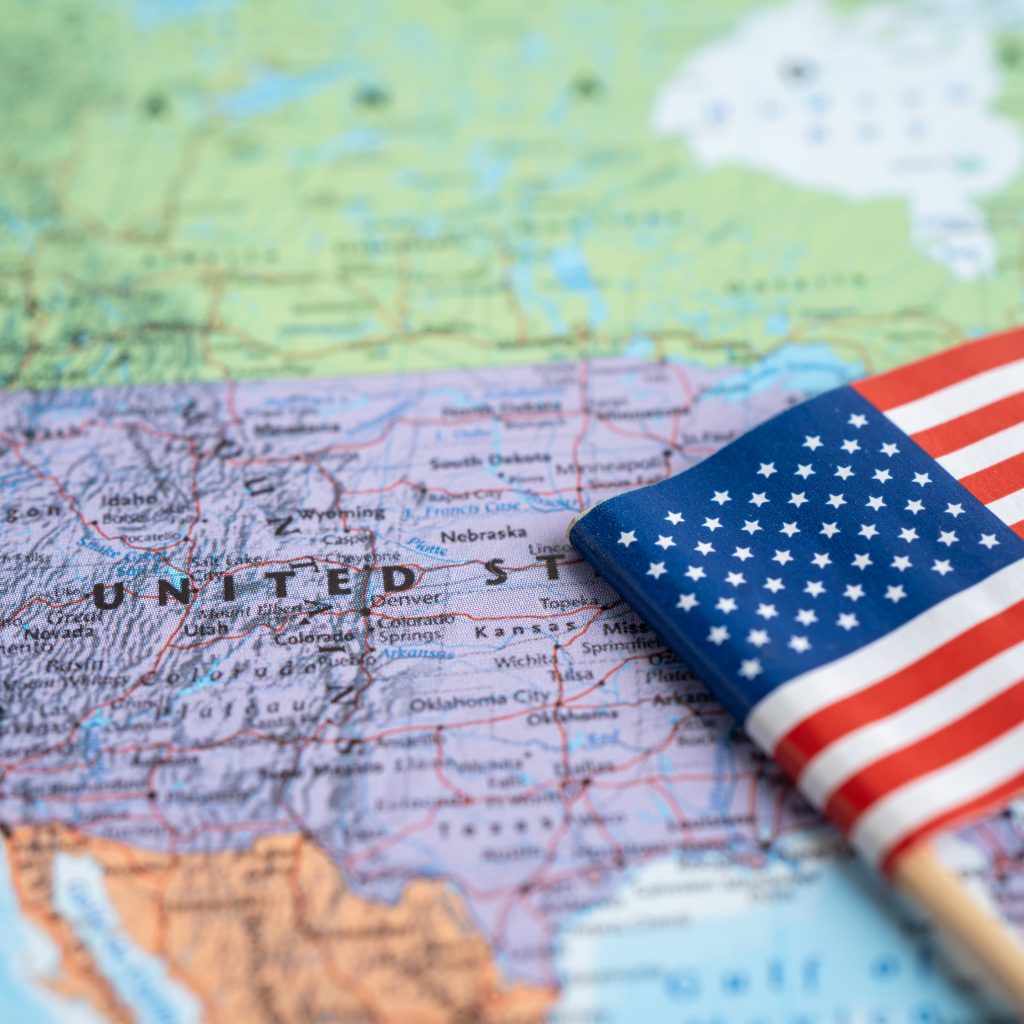
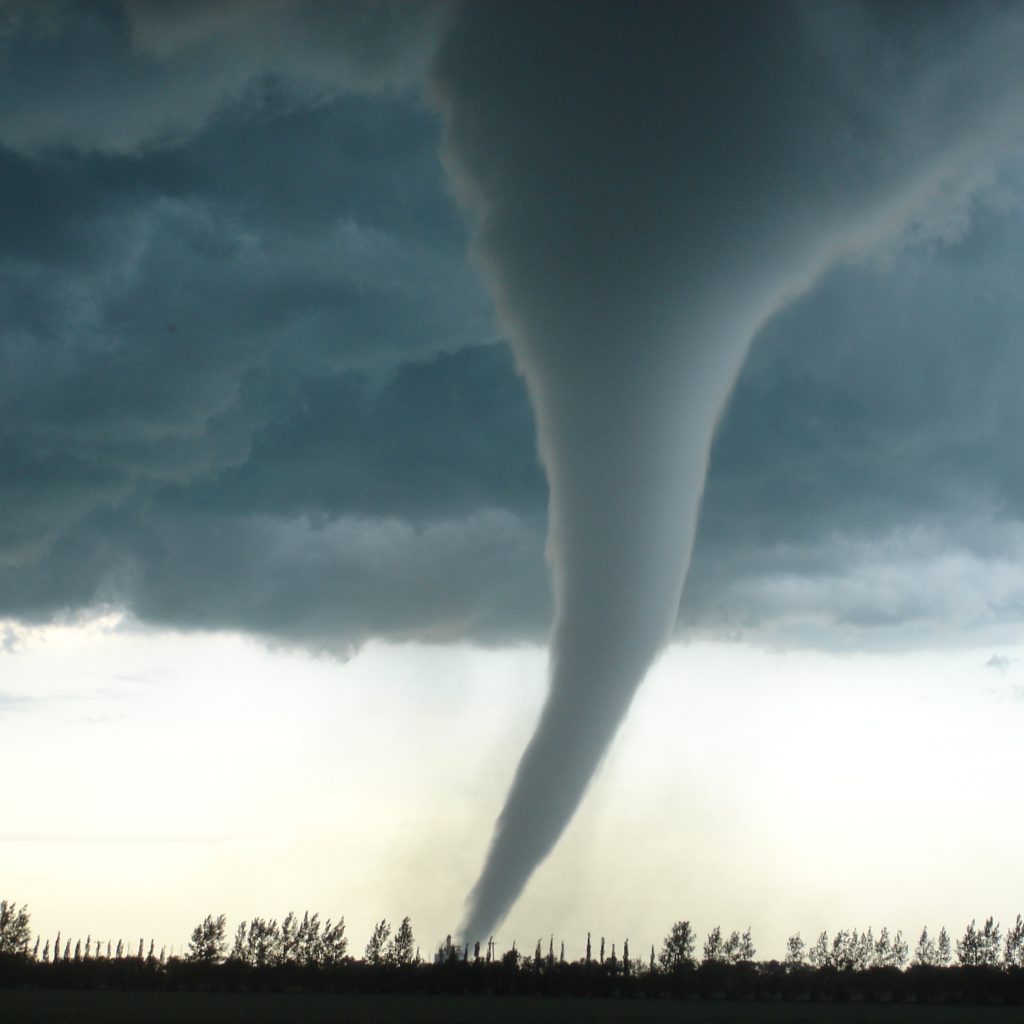
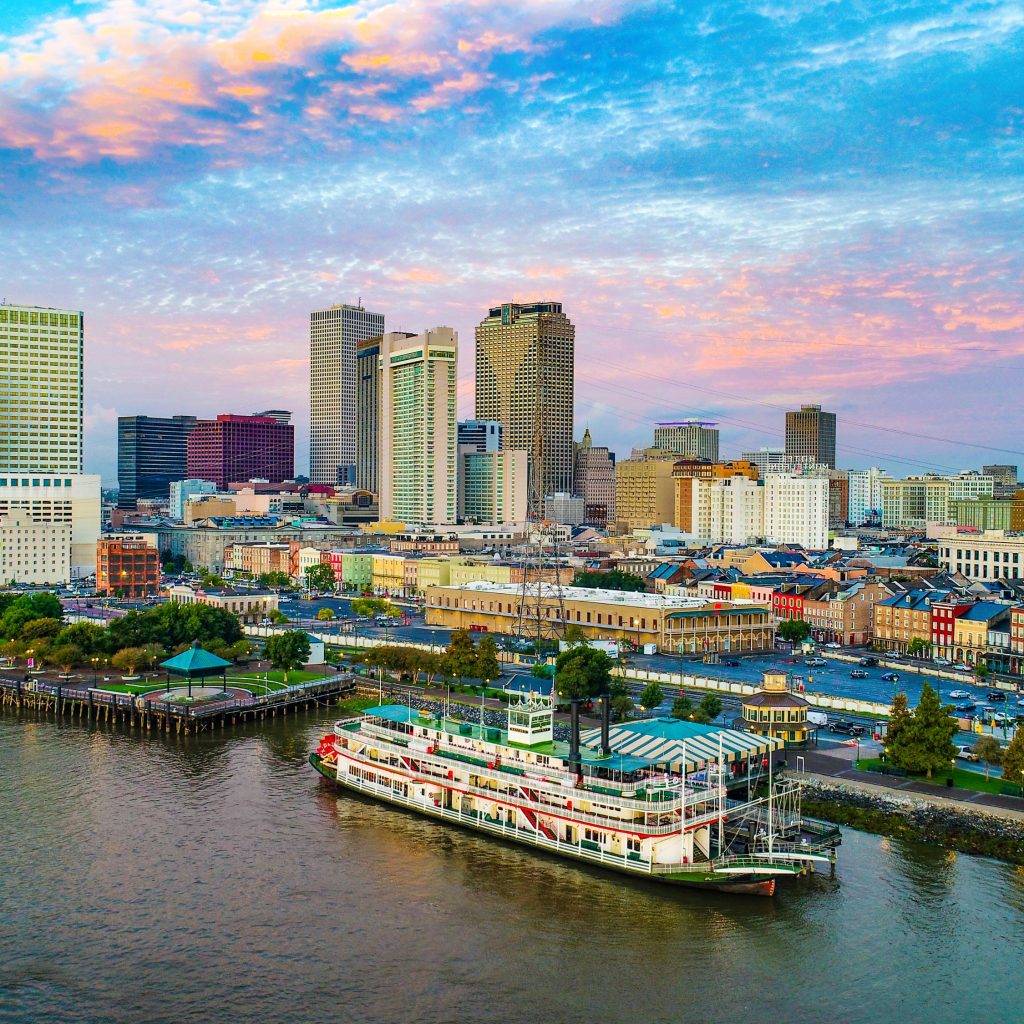

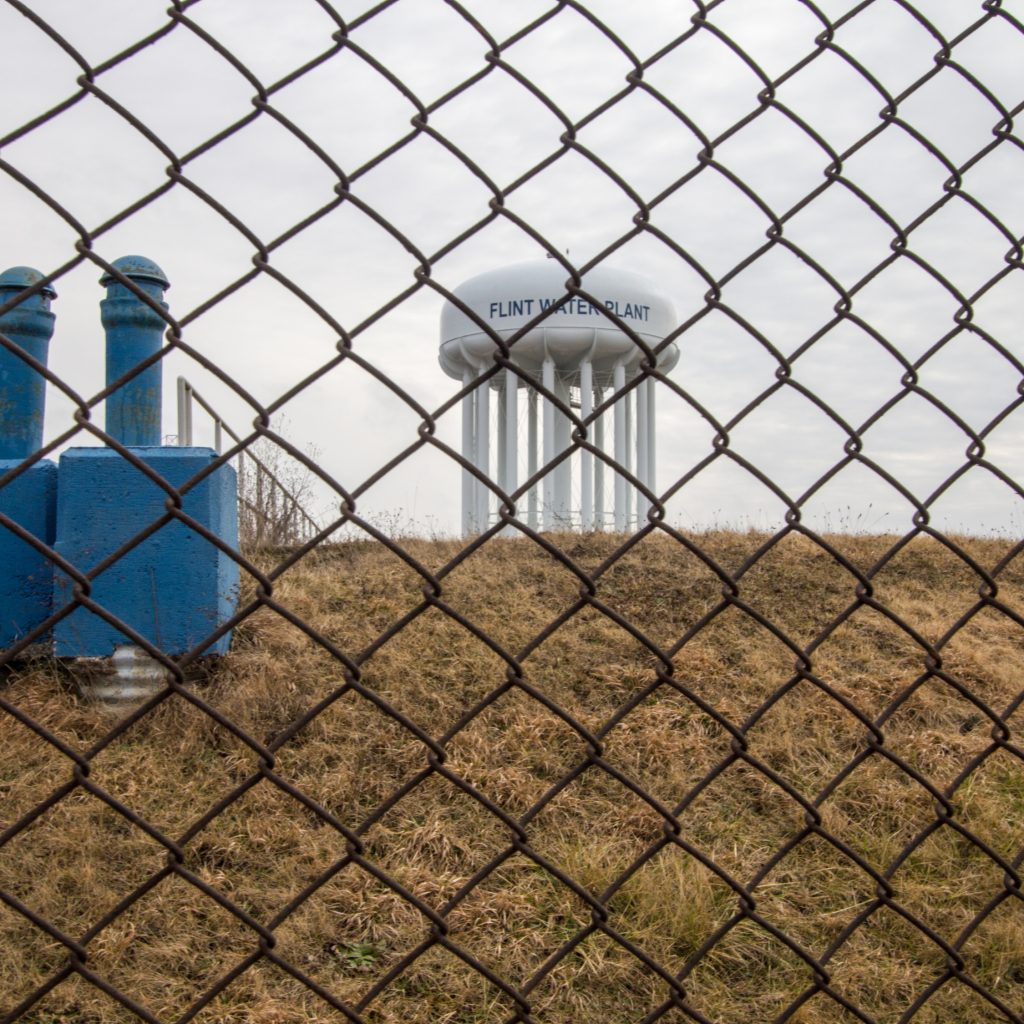
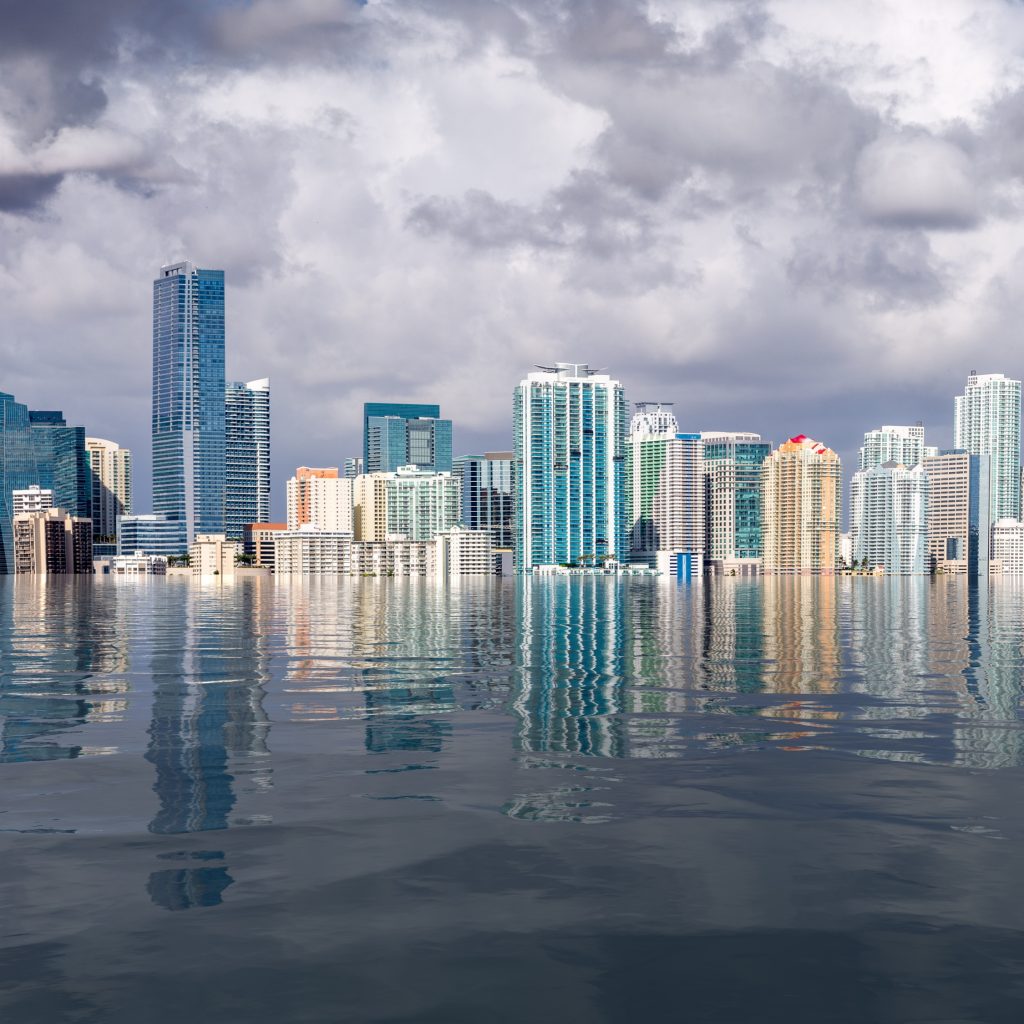
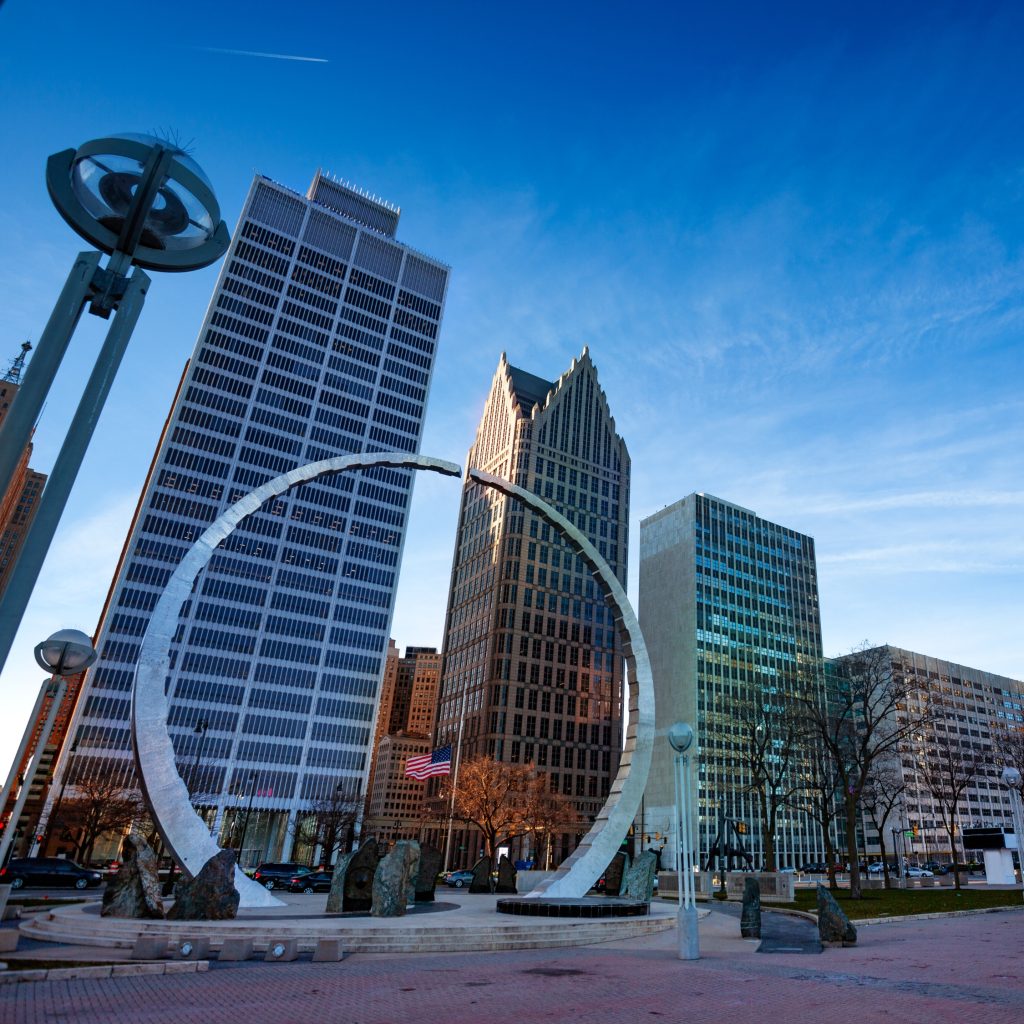
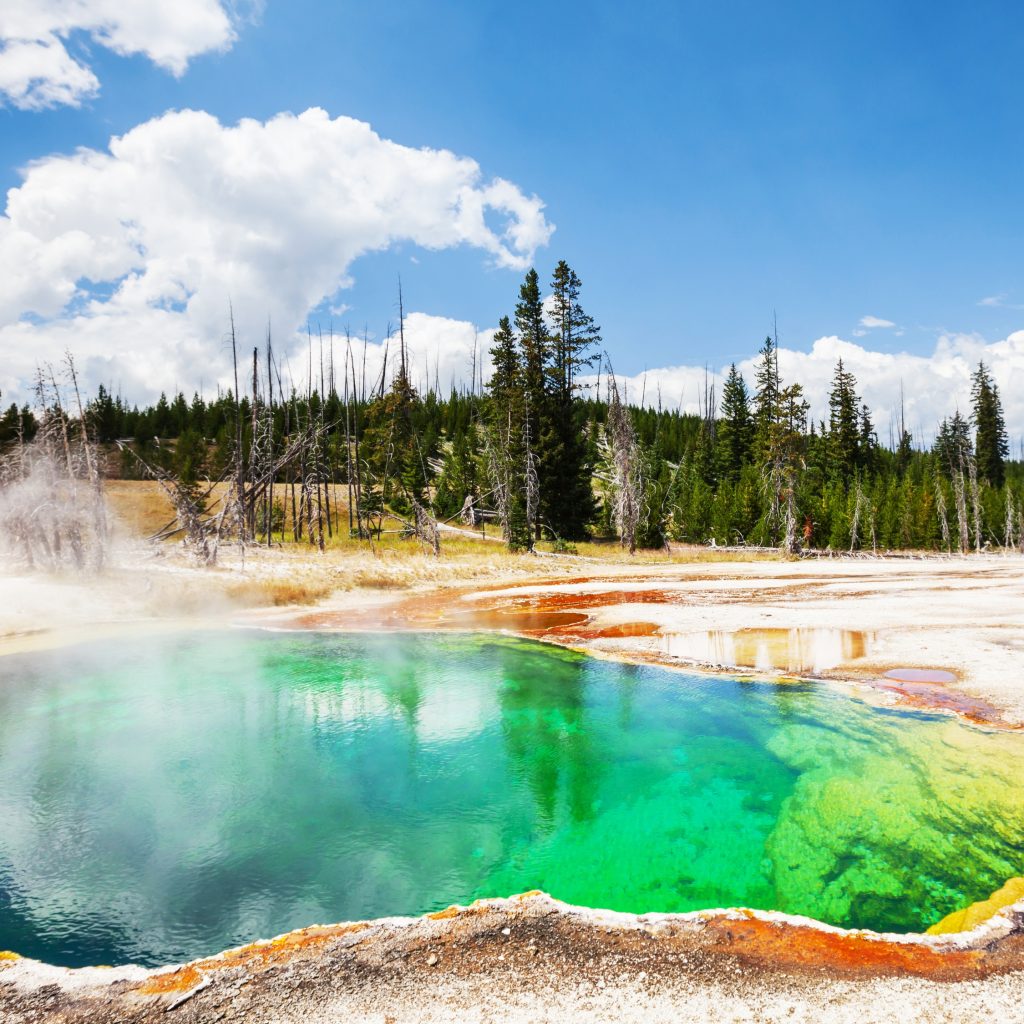
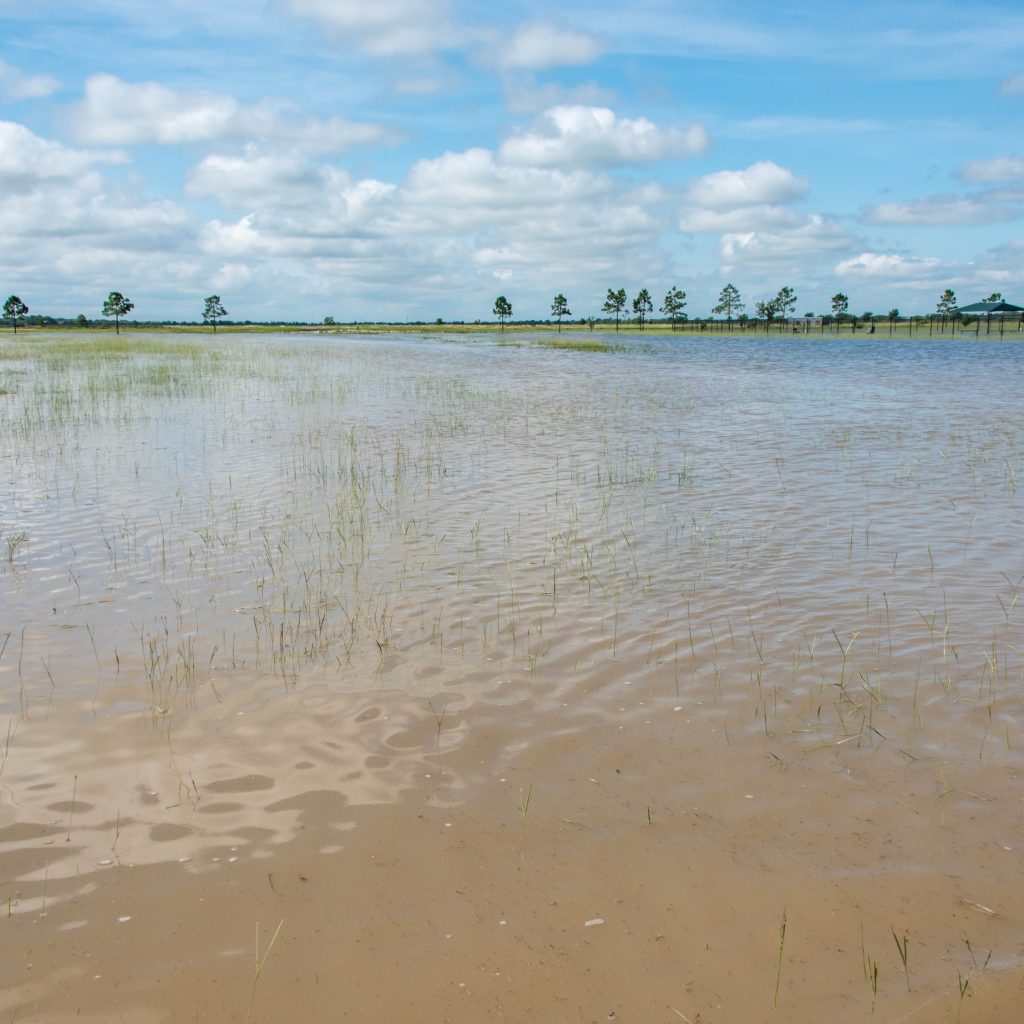
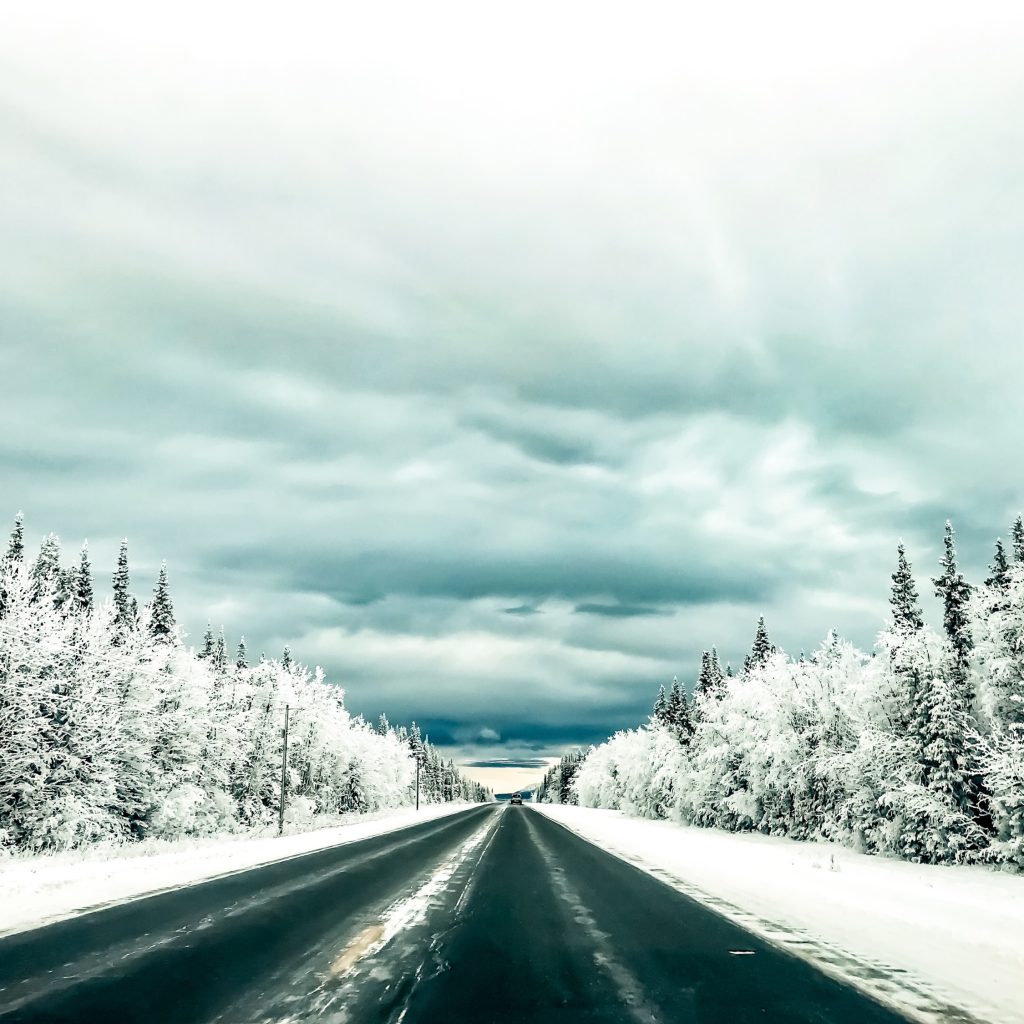
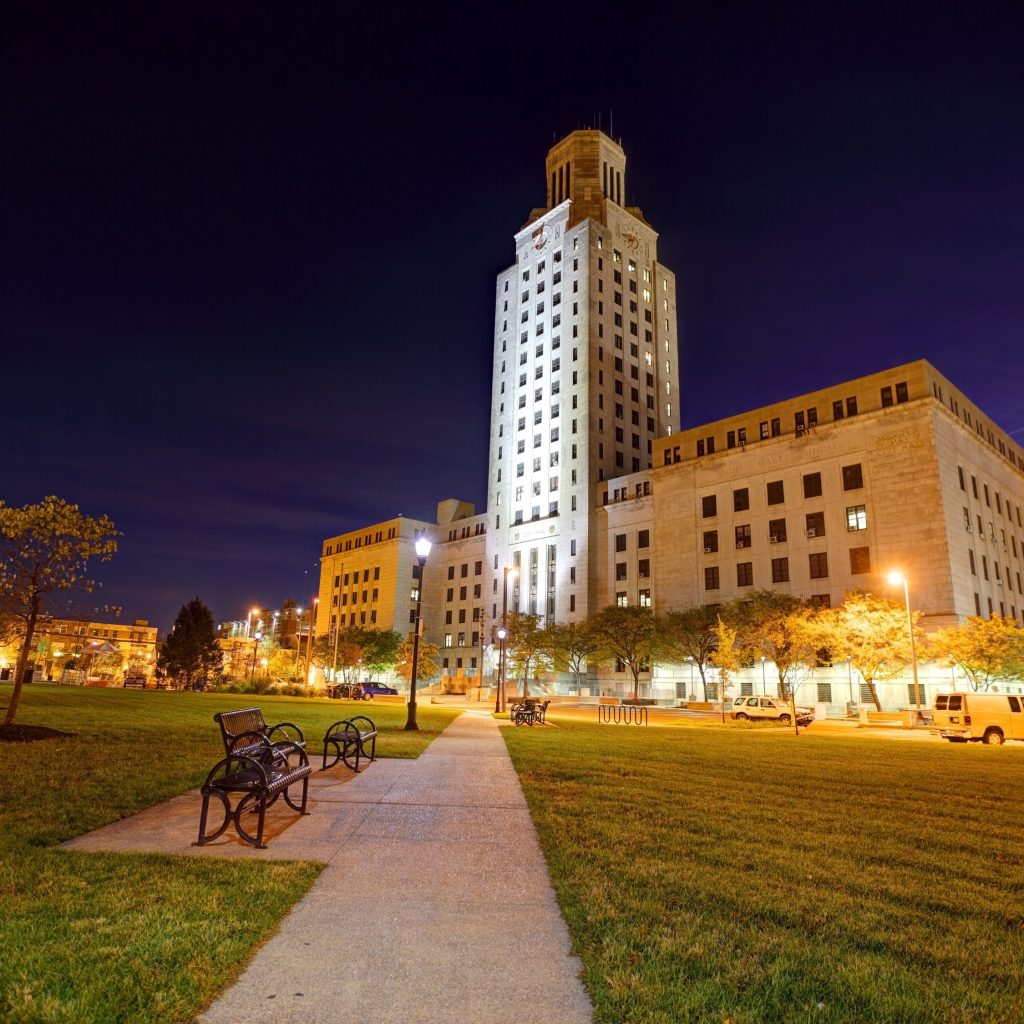

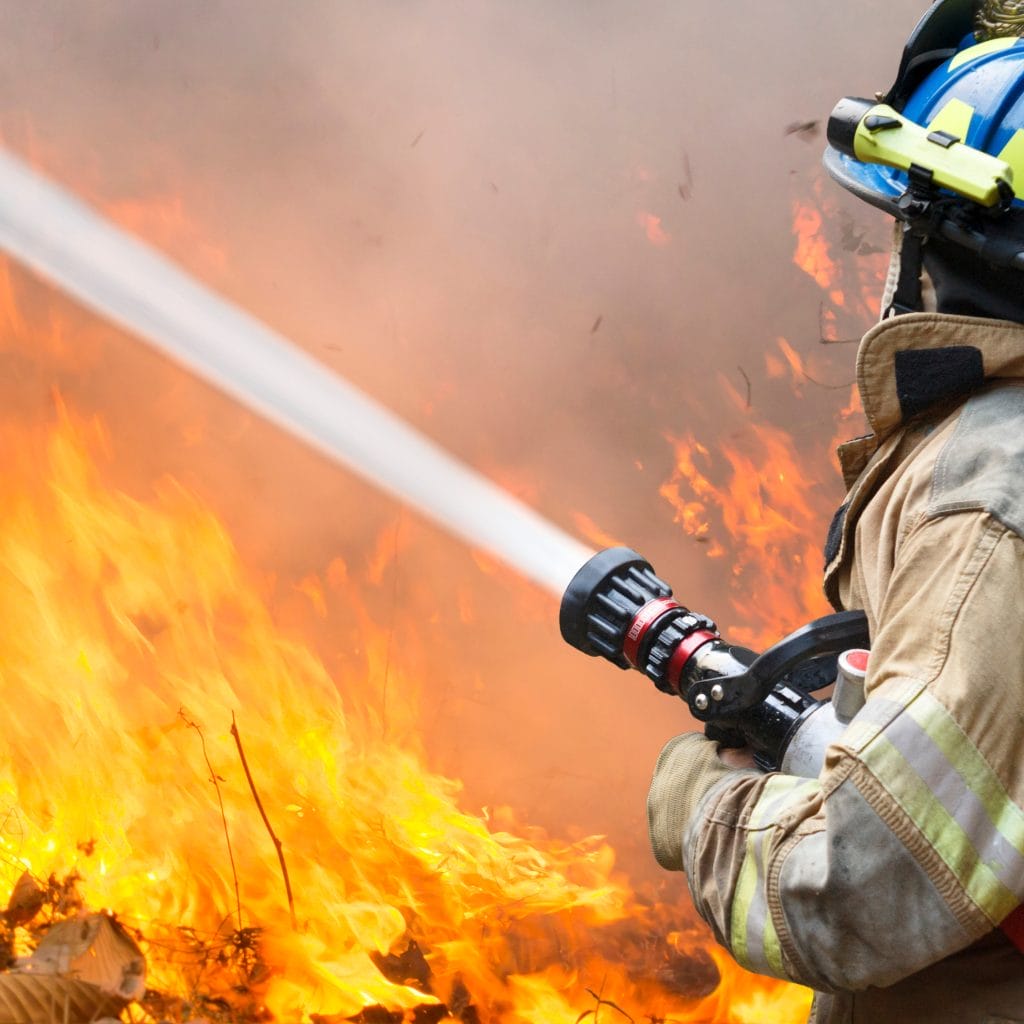
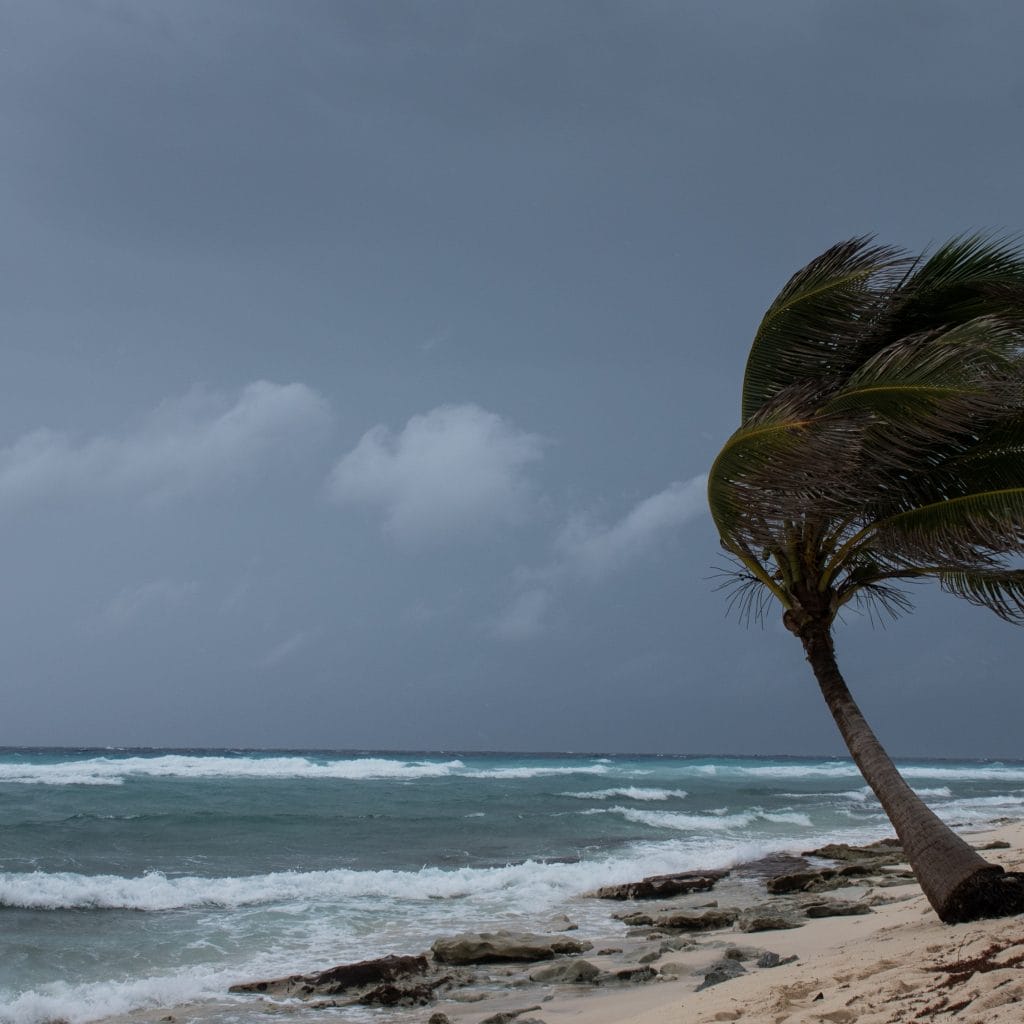
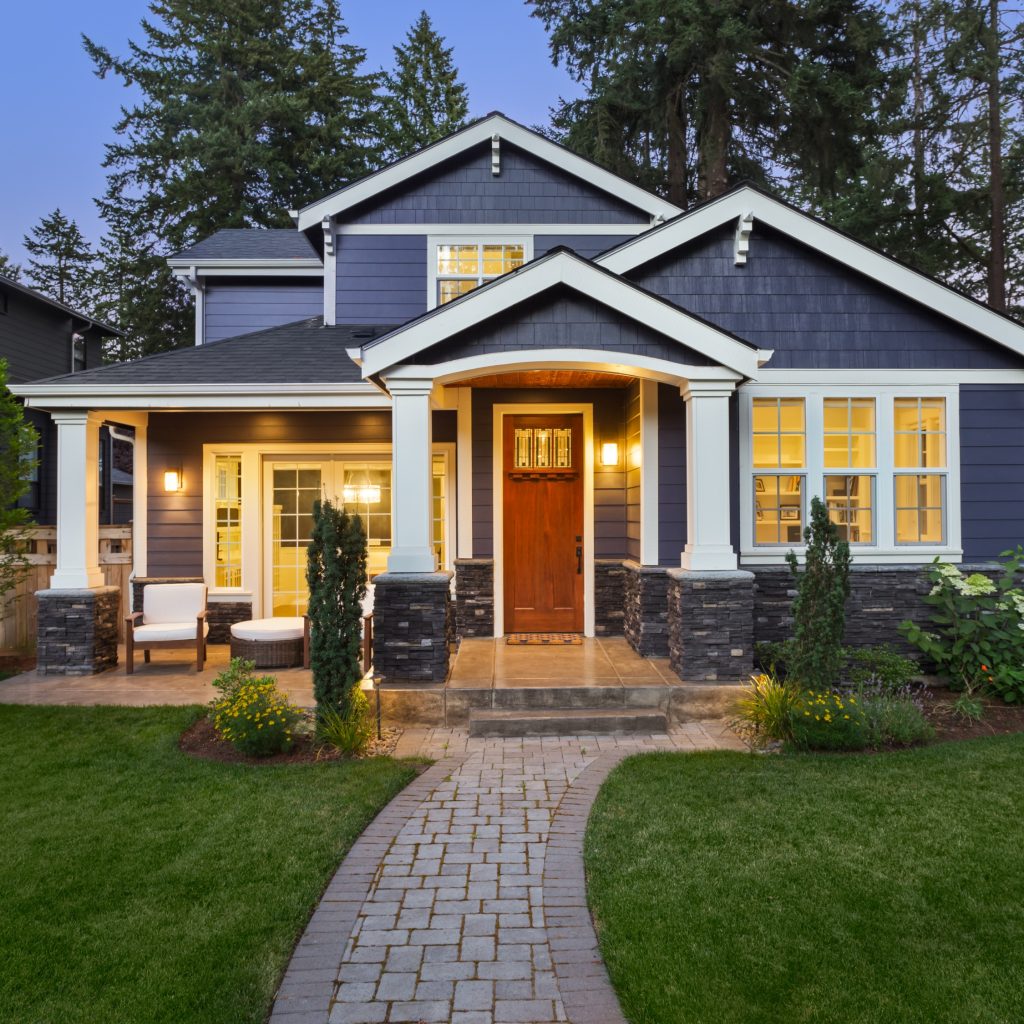
Leave a Reply